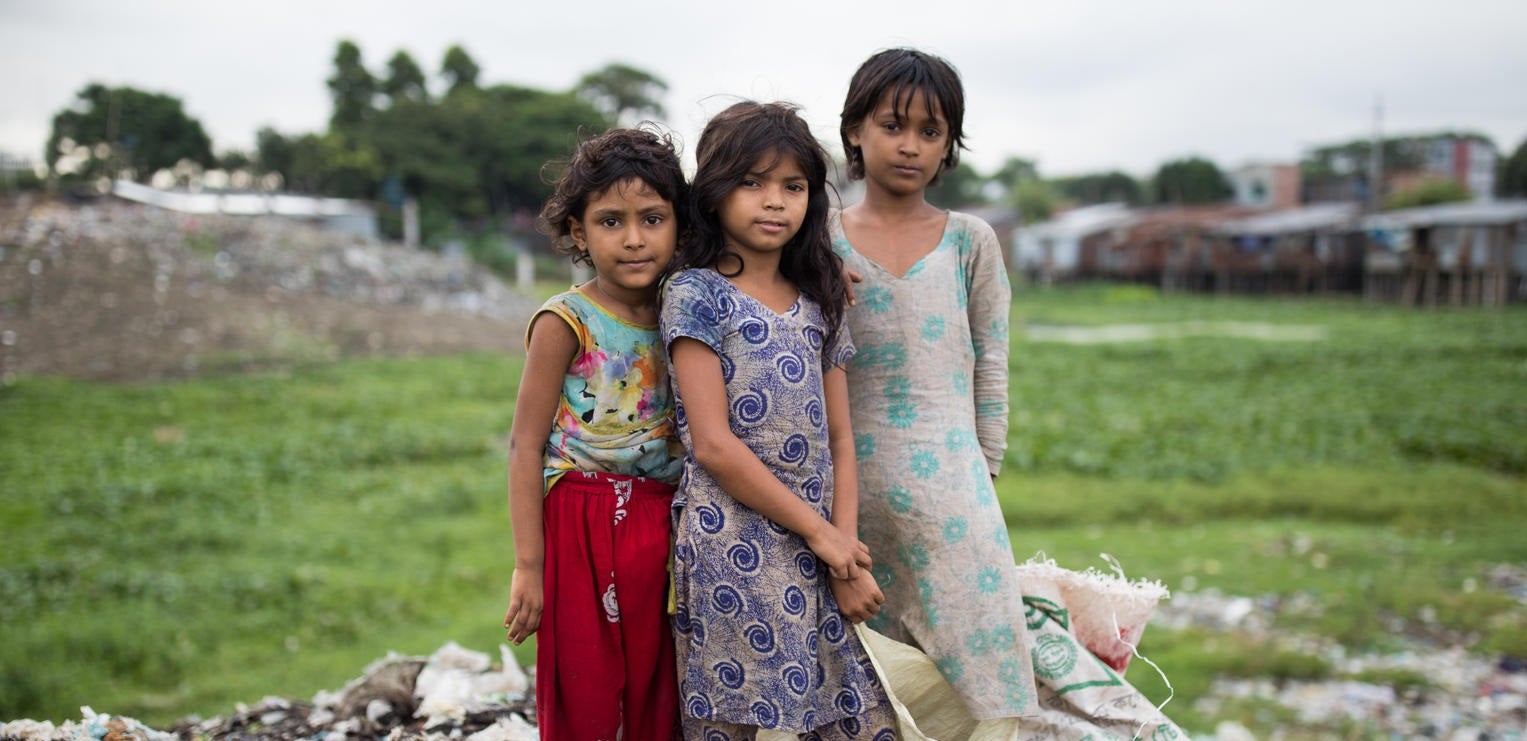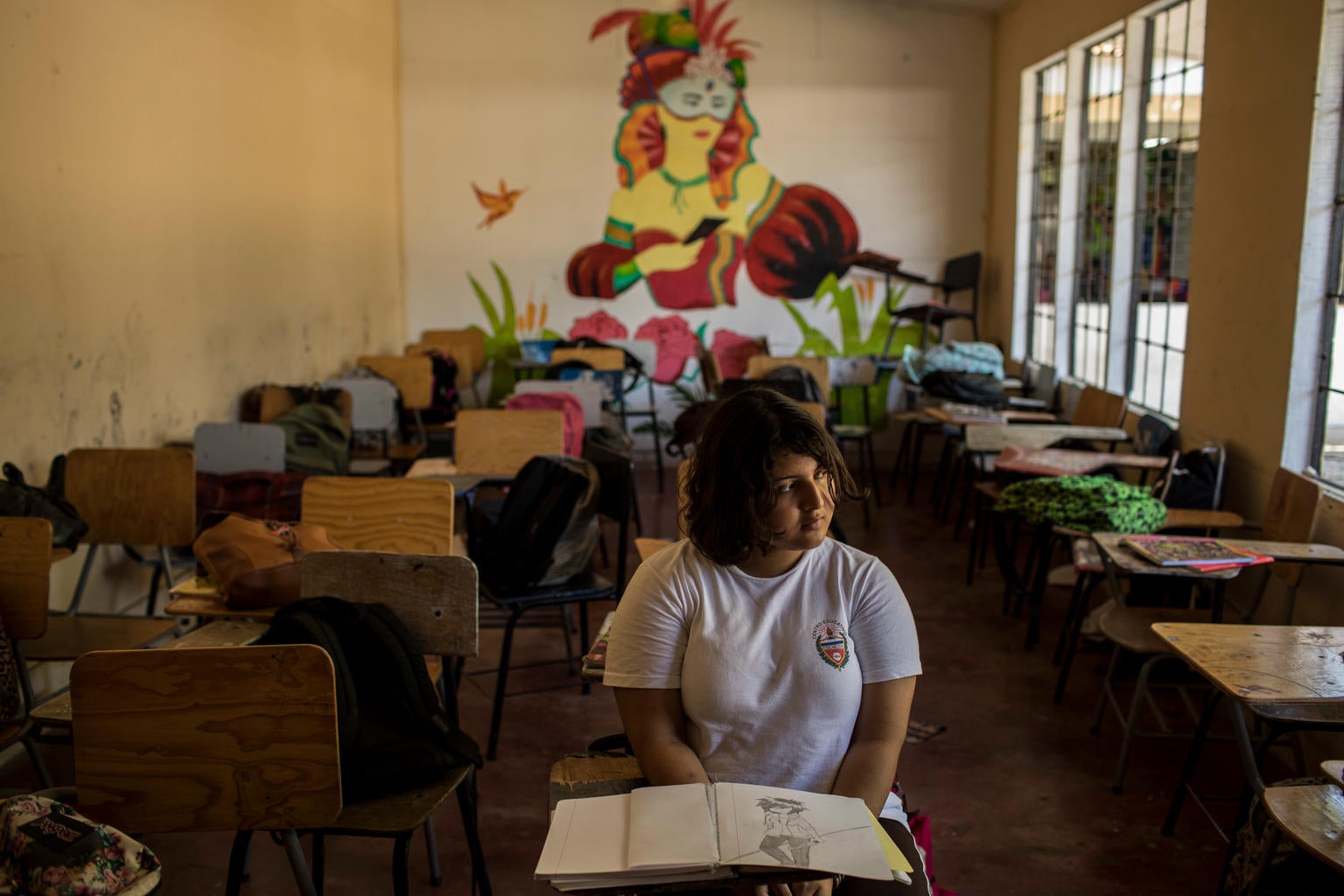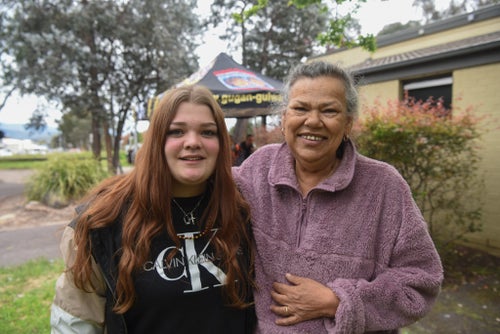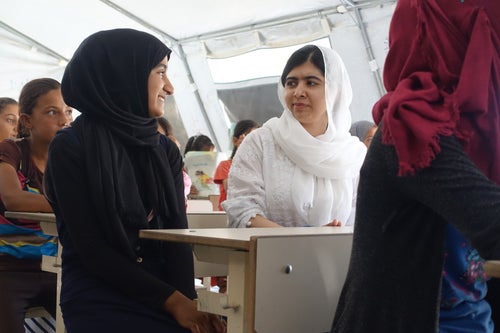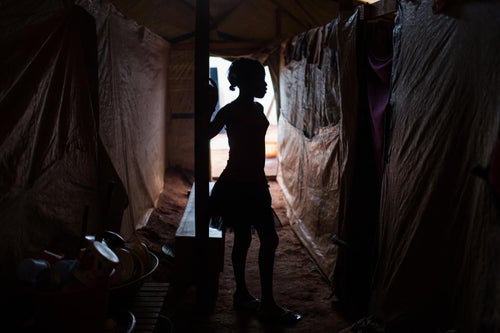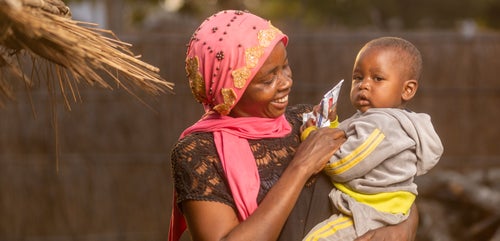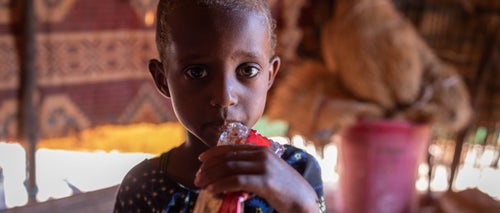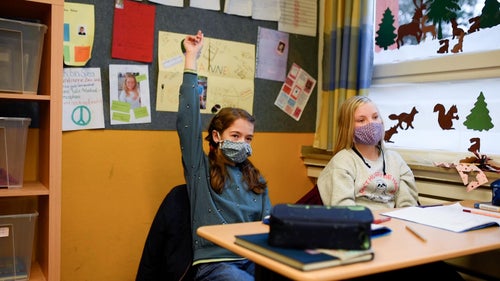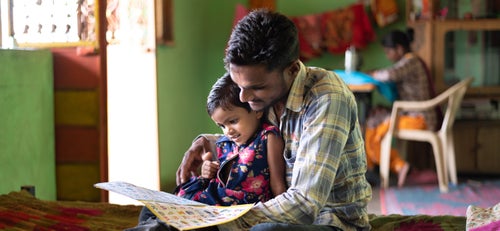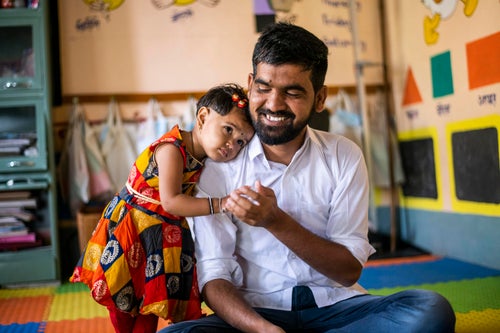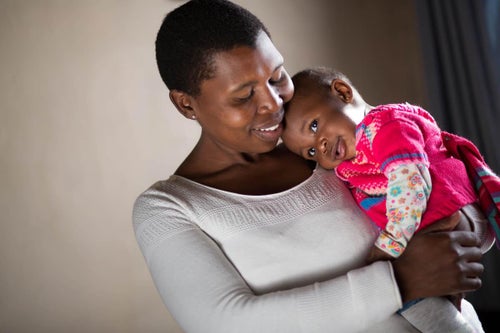Watching your child experience the physical and emotional pain of bullying or cyberbullying is heartbreaking.
Some parents are unsure where to begin to help protect their children from bullying and violence. Others may not know if their children are victims, bystanders or even perpetrators of harmful behaviours. Here are some tips on how to start a conversation with your children:
How can I help prevent bullying in my child's school?
The first step to keeping your child safe, whether in-person or online, is making sure they know the issue.
- Educate your children about bullying. Once they know what bullying is, your children will be able to identify it more easily, whether it is happening to them or someone else.
- Talk openly and frequently to your children. The more you talk to your children about bullying, the more comfortable they will be telling you if they see or experience it. Check in with your children daily and ask about their time at school and their activities online, inquiring not only about their classes and activities, but also about their feelings.
- Help your child be a positive role model. There are three parties to bullying: the victim, the perpetrator, and the bystander. Even if children are not victims of bullying, they can prevent bullying by being inclusive, respectful and kind to their peers. If they witness bullying, they can stick up for the victim, offer support, and/or question bullying behaviours.
- Help build your child’s self confidence. Encourage your child to enrol in classes or join activities they love in your community. This will also help build confidence as well as a group of friends with shared interests.
- Be a role model. Show your child how to treat other children and adults with kindness and respect by doing the same to the people around you, including speaking up when others are being mistreated. Children look to their parents as examples of how to behave, including what to post online.
- Be part of their online experience. Familiarise yourself with the platforms your child uses, explain to your child how the online and the offline world are connected, and warn them about the different risks they’ll face online.
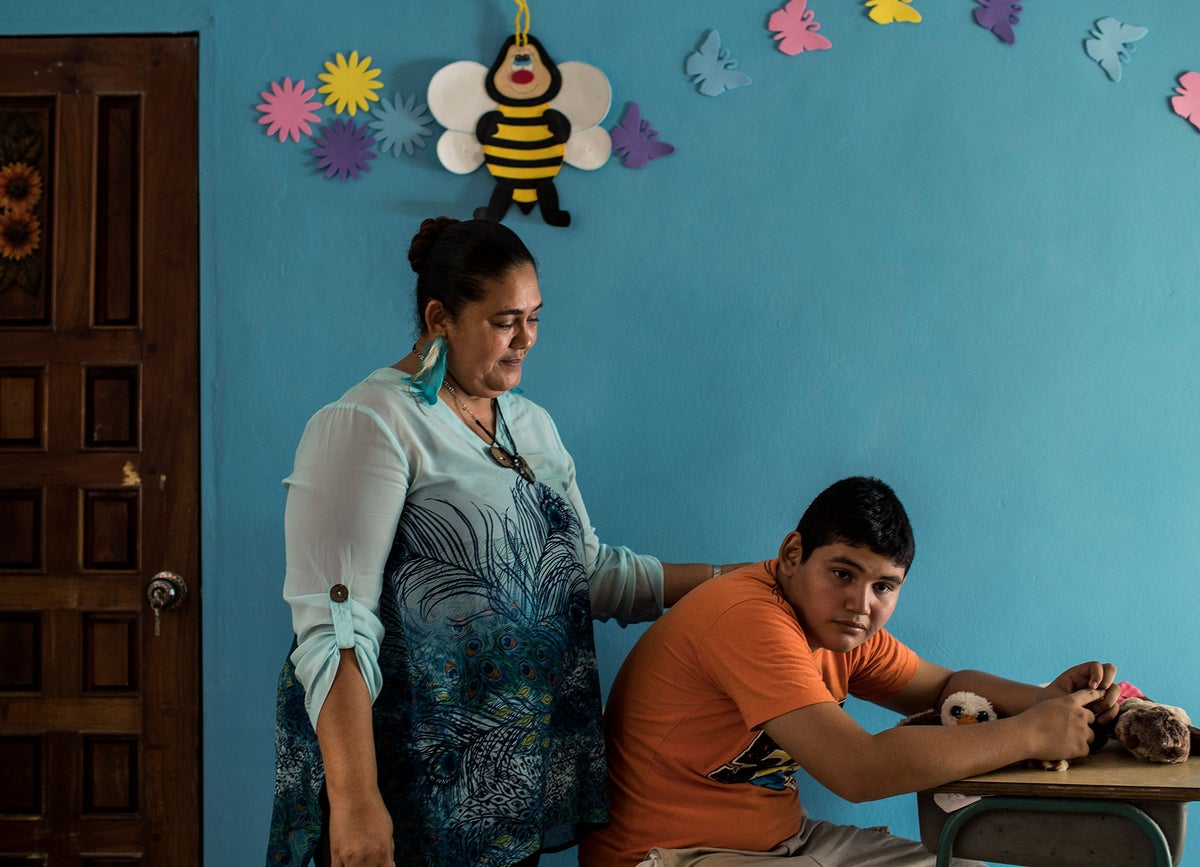
I'm not sure if my child is being bullied. What signs should I look out for?
Look closely. Observe children’s emotional state, as some children may not express their concerns verbally. Signs to look out for include:
- Physical marks such as unexplained bruises, scratches, broken bones and healing wounds
- Fear of going to school or joining school events
- Being anxious, nervous or very vigilant
- Having few friends in school or outside of school
- Losing friends suddenly or avoiding social situations
- Clothing, electronics or other personal belongings being lost or destroyed
- Often asking for money
- Low academic performance
- Absenteeism, or calling from school asking to go home
- Trying to stay near adults
- Not sleeping well and may be having nightmares
- Complaining of headaches, stomach aches or other physical ailments
- Regularly distressed after spending time online or on their phone (without a reasonable explanation)
- Becomes unusually secretive, especially when it comes to online activities
- Being aggressive or having angry outbursts
Talk openly. Talk to your children about what they think is good and bad behaviour in school, in the community and online. It is important to have open communication so that your children will feel comfortable telling you about what is happening in their lives.
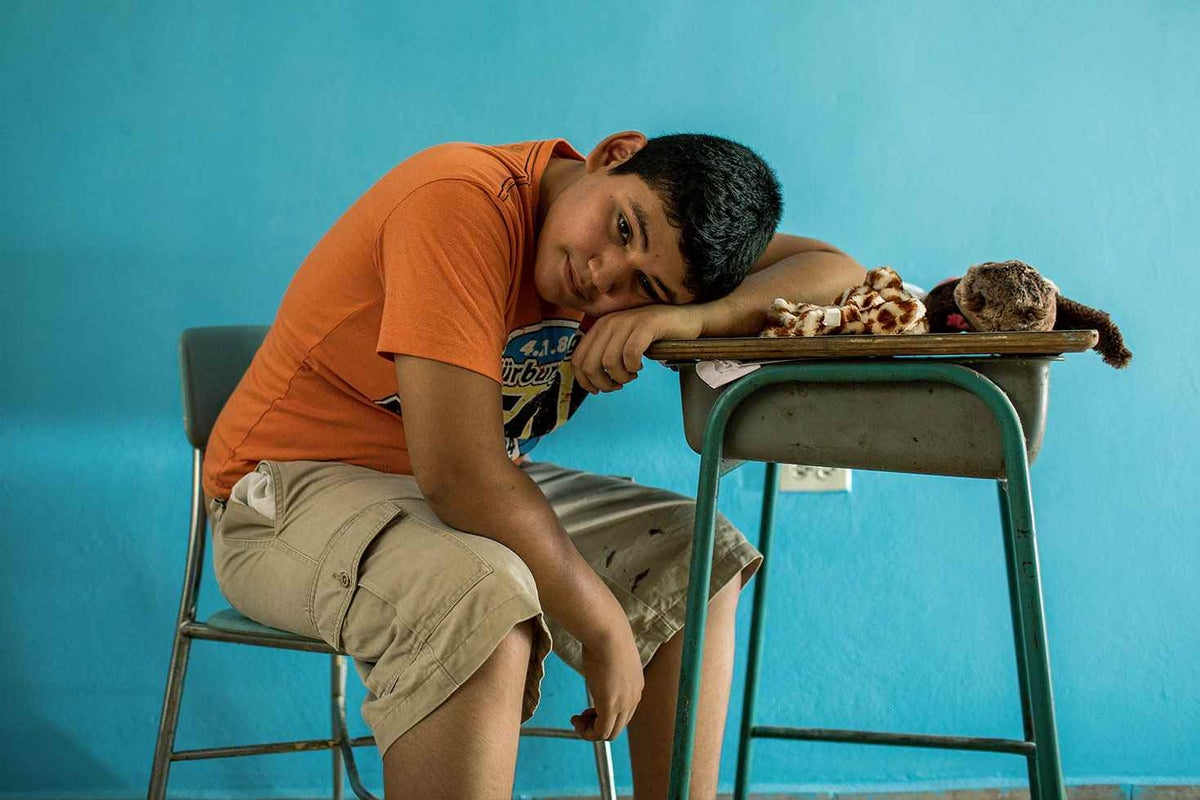
What should I do if my child is being bullied?
If you know your child is being bullied, there are several steps you can take to help them:
- Listen to your child openly and calmly. Focus on making them feel heard and supported, instead of trying to find the cause of the bullying or trying to solve the problem. Make sure they know that it is not their fault.
- Tell the child that you believe them; that you are glad they told you; that it is not their fault; that you will do your best to find help.
- Talk to the teacher or school. You and your child do not have to face bullying alone. Ask if your school has a bullying policy or code of conduct. This may apply for both in-person bullying and online.
- Be a support system. For your child, having a supportive parent is essential to dealing with the effects of bullying. Make sure they know they can talk to you at any time and reassure them that things will get better.
How can I work with my child's school if my child is being bullied?
- Do your research. Find out if the school has a response mechanism or policy in place for bullying. Make sure there is a support system for both your child and the child who is bullying.
- Allow the school to take action. Allow schools to take responsibility for dealing with bullying in line with school rules and regulations.
- Talk to school counselor. If your child’s school has a counselor, talk to him or her about your child’s experience to determine the best way forward for your child.
- Ask about training. Work with your school to set up a team of teachers and adults who are trained to identify and address all types of bullying, including cyberbullying.
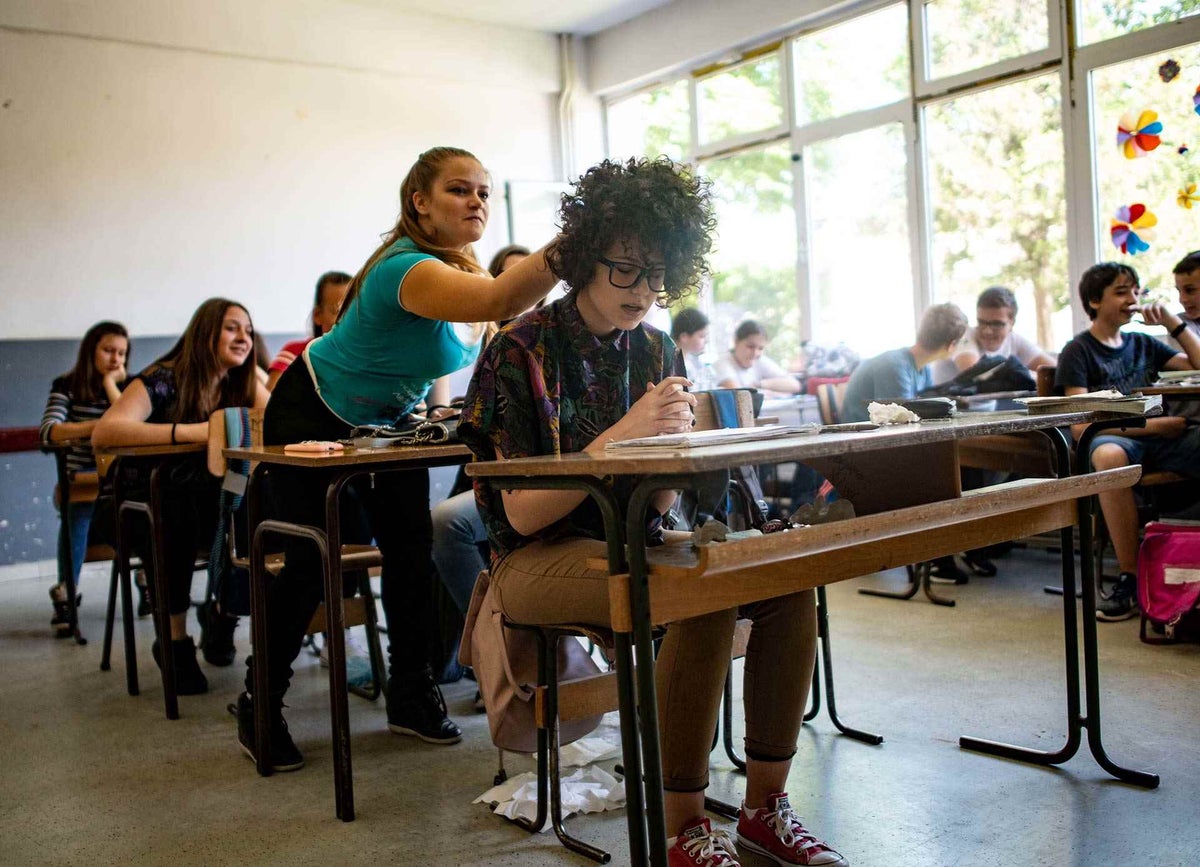
What can I do if my child is bullying others?
If you think or know that your child is bullying other children, it’s important to remember that they are not inherently bad, but may be acting out for a number of reasons. Children who bully often just want to fit in, need attention or are simply figuring out how to deal with complicated emotions. In some cases, bullies are themselves victims or witnesses to violence at home or in their community. There are several steps you should take to help your child stop bullying:
- Communicate. Understanding why your child is acting out will help you know how to help them. Are they feeling insecure at school? Are they fighting with a friend or sibling? If they are having trouble explaining their behaviour, you may choose to consult with a counsellor, social worker, or mental health professional who is trained to work with children.
- Work through healthy ways of coping. Ask your child to explain a scenario that frustrated them, and offer constructive ways of reacting. Use this exercise to brainstorm possible future scenarios and non-harmful responses. Encourage your child to “put yourself in their shoes” by imagining the experience of the person being bullied. Remind your child that comments made online still hurt in the real world.
- Examine yourself. Children who bully are often modelling what they see at home. Are they exposed to physically or emotionally harmful behaviour from you or another caregiver? Look inward and think honestly about how you are presenting to your child.
- Give consequences and opportunities to make amends. If you find out your child has been bullying, it is important to offer appropriate, non-violent consequences. This could be limiting their activities, especially those that encourage bullying (social gatherings, screen/social media time). Encourage your child to apologise to their peers and find ways for them to be more inclusive in the future.
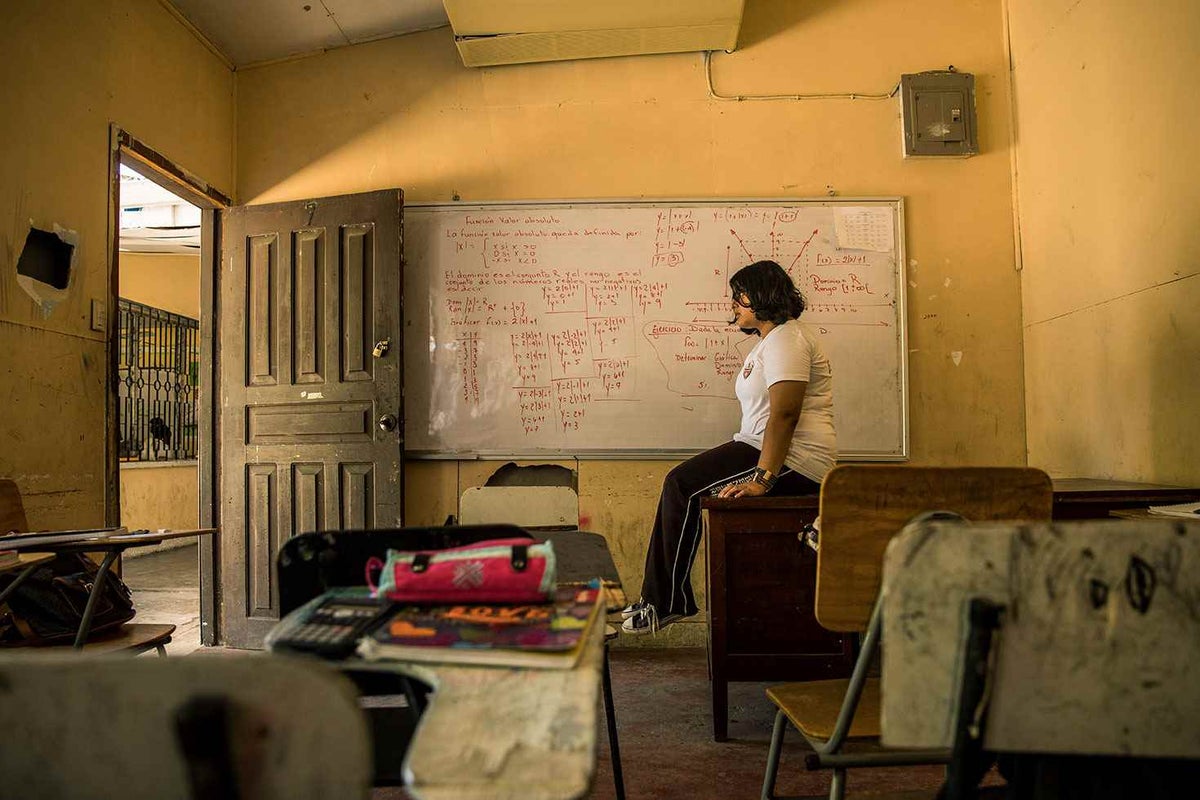
How should I work with the school if my child is bullying others?
- Work with the school to determine consequences. If a child who bullies is not disciplined for his/her actions, he/she may think that similar actions will have no consequences in the future. Talk to your school about appropriate consequences for your child, proportional to the offense. Discipline should always be immediate, non-violent and focussed on correcting the behaviour and rehabilitation (not humiliation or punishment).
- Talk to school counselors. If your child’s school has a counselor, set up a meeting to discuss your child’s behaviour. One-on-one meetings between your child and the school counselor may also be helpful.
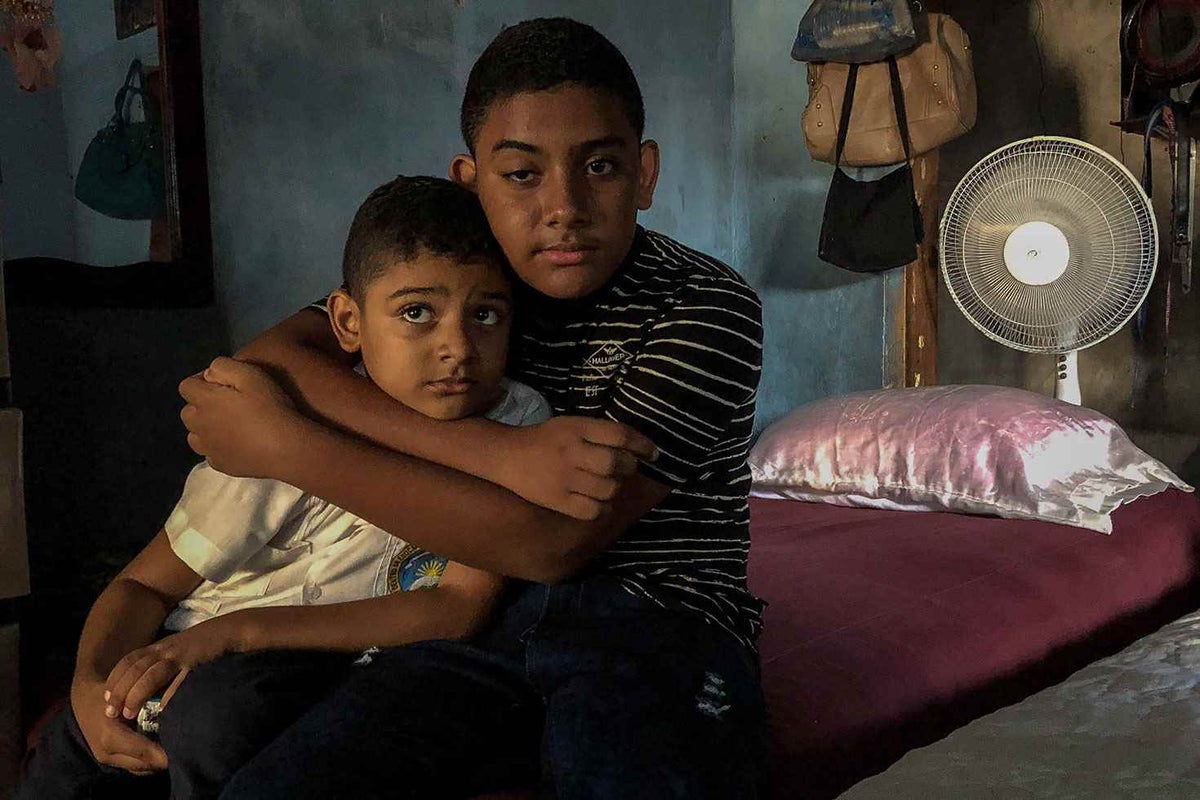
Other useful resources:
Quick FAQs about bullying
You can usually identify bullying through the following three characteristics: intent, repetition, and power. A bully intends to cause pain, either through physical harm or hurtful words or behaviour, and does so repeatedly. Boys are more likely to experience physical bullying, while girls are more likely to experience psychological bullying.
Bullying is a pattern of behaviour, rather than an isolated incident. Children who bully usually come from a perceived higher social status or position of power, such as children who are bigger, stronger, or perceived to be popular.
The most vulnerable children face a higher risk of being bullied. These are often children from communities that are marginalised, children from poor families, children with different gender identities, children with disabilities or migrant and refugee children.
Bullying can happen both in person or online. Cyberbullying often occurs over social media, SMS/text or instant message, email, or any online platform where children interact. Because parents may not always follow what their children are doing on these platforms, it can be difficult to know when your child is affected.
Bullying can have harmful and long lasting consequences for children. Besides the physical effects of bullying, children may experience emotional and mental health problems, including depression and anxiety, that can lead to substance abuse and decreased performance in school. Unlike in-person bullying, cyberbullying can reach a victim anywhere, at any moment. It can cause profound harm, as it can quickly reach a wide audience and leave a permanent footprint online for all involved
Your child has the right to a safe, nurturing school environment that respects their dignity. The Convention on the Rights of the Child states that all children have the right to an education, and protection from all forms of physical or mental violence, injury or abuse. Bullying is no exception.
As part of UNICEF’s campaign to #ENDviolence in and around schools, children and young people from around the world spoke out and called for governments, teachers, and parents to take action to ensure that they feel safe in and around school.
In two separate UNICEF polls, young people consistently cited governments as having a key responsibility to prevent and respond to bullying, including online, through policies and regulations.
Parents – as voting citizens who can hold their local policymakers accountable – have a unique role to play in ensuring that children’s voices are heard by advocating on behalf of children with decision makers.
Related articles
Stay up-to-date on UNICEF's work in Australia and around the world


